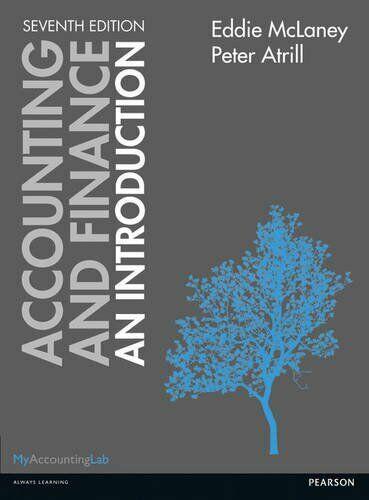
Paul and Lisa value consumption in the current period (c), and in the future period (c'), using the same utility function u = ln(c) + 0.8 ln(c'). Paul's income in the current period yp = 102, while that in the future period y = 132. Lisa's income in the current period yn = 132, while that in the future period yi = 99. Both Paul and Lisa pay 22 units in taxes in the current period and the future period, that is t = t' = 22. Lisa can borrow or save at the real interest rate r = 10%. However, everyone knows that Paul is dishonest; As a result, nobody is willing to lend him. Of course, he can still save at the interest rate r = 10%. a) Determine Paul's desired consumption choices in the current period and in the future period, if he was able to borrow? b) Determine Paul's actual consumption choices in the current and in the future periods. c) Illustrate both allocations on a graph. What is the cost of this credit constraint? d) Determine Lisa's optimal consumption plan. e) Find the value of Lisa's savings that would allow her to achieve this plan. Suppose that the timing of taxes changes: taxes in the current period are reduced from 22 to 12 units, while taxes in the future period are increased from 22 to 33 units. f) How does this change in taxes affect Lisa's wealth? Does it change Lisa's optimal choices, (c), (c) and (s) from those before the tax change? Explain. g) Illustrate your results in part f) with a graph. h) How does this change in taxes affect Paul's wealth? Does it change Paul's optimal choices, (c), (c) and (s) from those before the tax change? i) Illustrate your results in part h) with a graph. i) Does this change in the timing of taxes constitute a Pareto improvement? Explain why or why not. Paul and Lisa value consumption in the current period (c), and in the future period (c'), using the same utility function u = ln(c) + 0.8 ln(c'). Paul's income in the current period yp = 102, while that in the future period y = 132. Lisa's income in the current period yn = 132, while that in the future period yi = 99. Both Paul and Lisa pay 22 units in taxes in the current period and the future period, that is t = t' = 22. Lisa can borrow or save at the real interest rate r = 10%. However, everyone knows that Paul is dishonest; As a result, nobody is willing to lend him. Of course, he can still save at the interest rate r = 10%. a) Determine Paul's desired consumption choices in the current period and in the future period, if he was able to borrow? b) Determine Paul's actual consumption choices in the current and in the future periods. c) Illustrate both allocations on a graph. What is the cost of this credit constraint? d) Determine Lisa's optimal consumption plan. e) Find the value of Lisa's savings that would allow her to achieve this plan. Suppose that the timing of taxes changes: taxes in the current period are reduced from 22 to 12 units, while taxes in the future period are increased from 22 to 33 units. f) How does this change in taxes affect Lisa's wealth? Does it change Lisa's optimal choices, (c), (c) and (s) from those before the tax change? Explain. g) Illustrate your results in part f) with a graph. h) How does this change in taxes affect Paul's wealth? Does it change Paul's optimal choices, (c), (c) and (s) from those before the tax change? i) Illustrate your results in part h) with a graph. i) Does this change in the timing of taxes constitute a Pareto improvement? Explain why or why not







